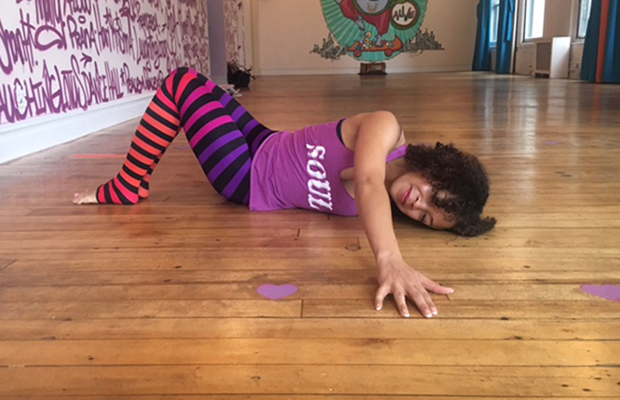Although there are no specific guidelines for how often individuals should complete mobility exercises. The more they are done the more individuals will benefit from them. It is recommended that mobility exercises are done on a daily basis. The older an individual the more inactive they normally become. Usually, it means that more mobility work is required.
Some individuals perform short mobility exercises prior to working out. Others prefer to complete them throughout the day. What is most important is that the mobility exercises are completed regularly so that individuals maintain their mobility. Following are five exercises individuals could try to assist with their mobility for their major joints.
Contents
Child’s Pose To Downward Facing Dog
Individuals should kneel on the floor and then lower their hips towards their heels. Afterward, allow the torso to fall over the knees and head to fall between the arms. While the individual reaches their arms forward onto the floor. This pose is considered the Child’s pose. Stay in this position for a few deep breaths. Following that position moves into the Tabletop position by moving the weight forward until the shoulders are over the wrists. The hips should be moved over the knees.
The toes should be flipped under and as the feet are pushed towards the floor. Then extend the arms so the hips are lifted, and the chest pushes through the arms and the leg becomes straight. The body of the individual should be creating a triangle with the floor. Take deep breaths and gradually release the knees to the floor, by untucking the toes and returning to the Child’s pose. This should be repeated three times, inhaling deeply about three to four times for each move.
Frog Pose To Deep Squat
Individuals should be standing with feet a bit wider than shoulder-width. The toes should be turned out during this exercise. The individual should sit back on their lower body until the thighs are parallel to the floor, or as close as possible. Stay in this position for a few seconds prior to moving the weight forward and putting the hands on the floor in front.
Spread the knees apart farther as the body gets lower and lower to the floor. If you can get your chest to the floor then do so. Individuals should support themselves if the stretch between the groin and inner thighs is too much. Stay in this position for several seconds before pushing yourself back into the deep squat position. Gradually going into a standing position and then repeat for eight to twelve times.
Shoulder & Chest Opener
Individuals should be lying face-up while on the floor with a kettlebell or dumbbell in the right hand. Some individuals that are not strong enough could use soup cans instead. Stretch out the right arm directly above the chest, while the left arm remains resting on the floor next to the ear. The right leg should be bent as the right foot is placed on the floor next to the left knee.
Then roll onto the left shoulder, allowing the right knee to fall on the floor. The right leg should be extended onto the floor and gradually roll the hips forward. Then return back to the position with the right knee bent with the arm remaining overhead. Repeat this eight to twelve times. Roll onto the back carefully; hold the weight onto the chest to give the arms a rest. Then switch sides.
Hitchhiker
Individuals should get on the floor on their hands and knees like the Tabletop position. Place the wrists below the shoulders and the knees below the hips. Form a fist with the right hand, with the thumbs pointing up like a hitchhiker trying to get a lift. Then lift the right arm in front to a height of the shoulders. Then lower the arm to start and repeat eight to twelve times.
Hamstring & Hip Opener
Individuals should kneel on the floor placing their knees roughly hip-width apart. Place the right foot forward in order that the right knee is placed over the right ankle. The right thigh should be parallel to the floor. The arms should be placed to the sides of the hand could be placed on the hips. The weight should then be shifted backward as the individual leans from the hips over the right foot. Permitting the right toes to come up. In the event that the individual requires balance, they can place their hands on the floor. Then release and repeat this movement eight to twelve times. Alternate sides and repeat.







